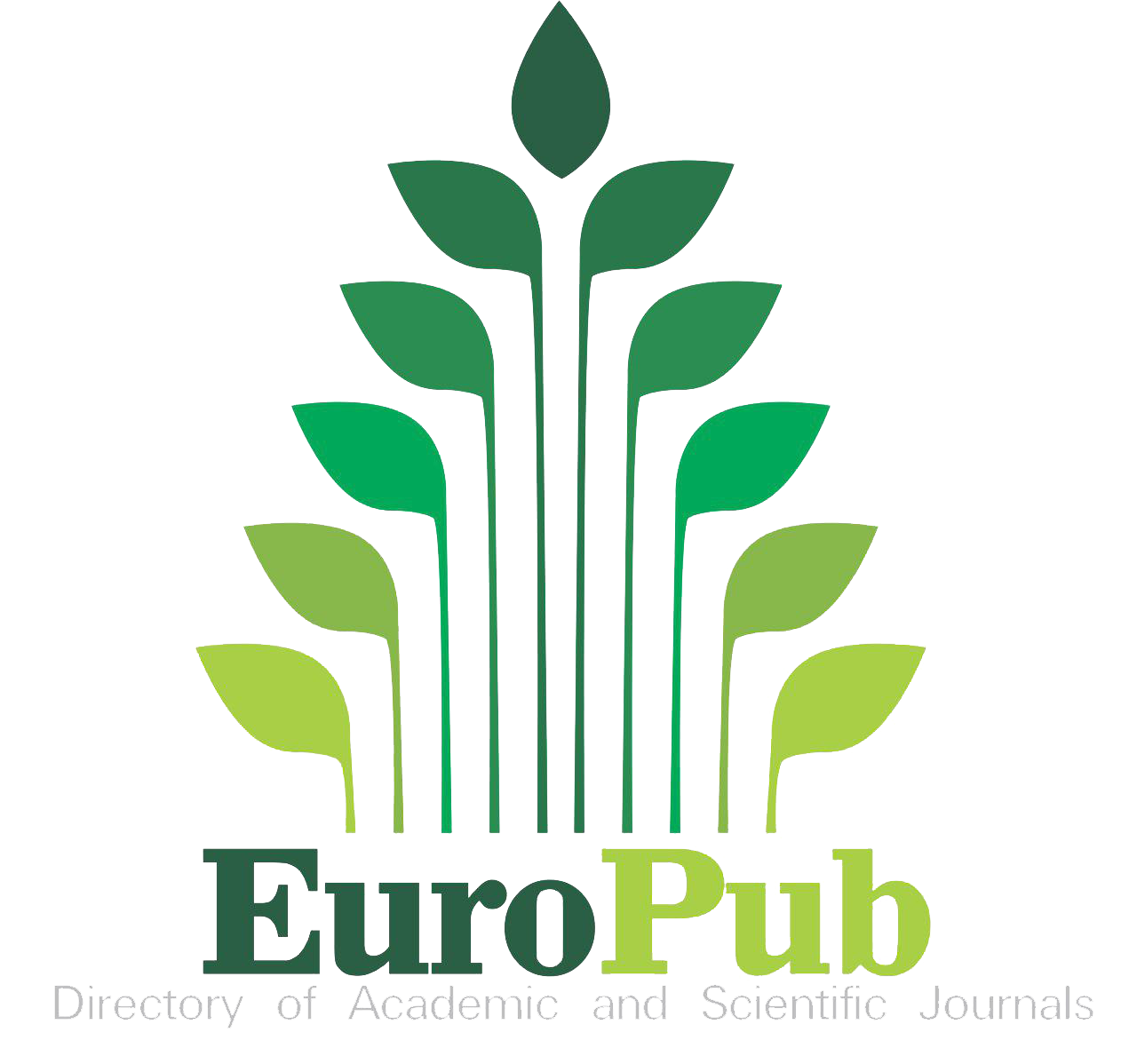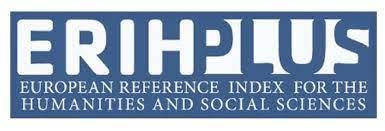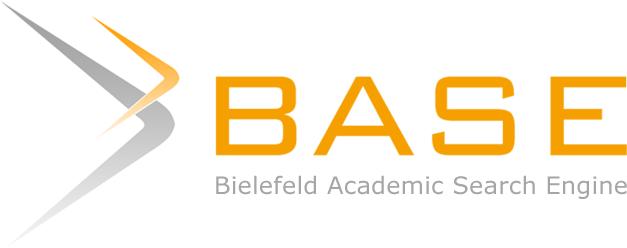Migration Trends in Slovakia: An Analysis of Post-EU Enlargement
DOI:
https://doi.org/10.52340/jds.2024.05.05.06საკვანძო სიტყვები:
Migration, Slovakia, EU Enlargement, Migration Patternsანოტაცია
While migration is not a new phenomenon, it remains a key issue on the global policy agenda due to its economic, social, and cultural implications for both sending and receiving countries. Since 2014, the large influx of migrants and asylum seekers from third countries into the EU has contributed to the migration crisis, which is now closely tied to the broader political crisis within the EU. However, the understanding and application of shared values, particularly solidarity, still vary among EU Member States.
This article examines migration trends in Slovakia following its 2004 accession to the European Union, focusing on key determinants and implications for the country’s social-economic landscape. Using both qualitative and quantitative data, the research analyzes various types of migration, including labor migration, educational migration, and family reunification. The research findings reveal significant inflows and outflows of migrants, shaped by economic factors such as wage differences and job availability, alongside social factors like educational opportunities and community ties. While Slovakia benefits from a diverse and dynamic labor force, challenges remain in integration and public attitudes toward migrants. The article concludes with policy recommendations to deeper the understanding of migration in Slovakia, offering insights for policymakers in navigating the complexities of the evolving migration landscape.
Downloads
ჩამოტვირთვები
გამოქვეყნებული
როგორ უნდა ციტირება
გამოცემა
სექცია
ლიცენზია
საავტორო უფლებები (c) 2025 Mariam Jikia

ეს ნამუშევარი ლიცენზირებულია Creative Commons Attribution-ShareAlike 4.0 საერთაშორისო ლიცენზიით .














